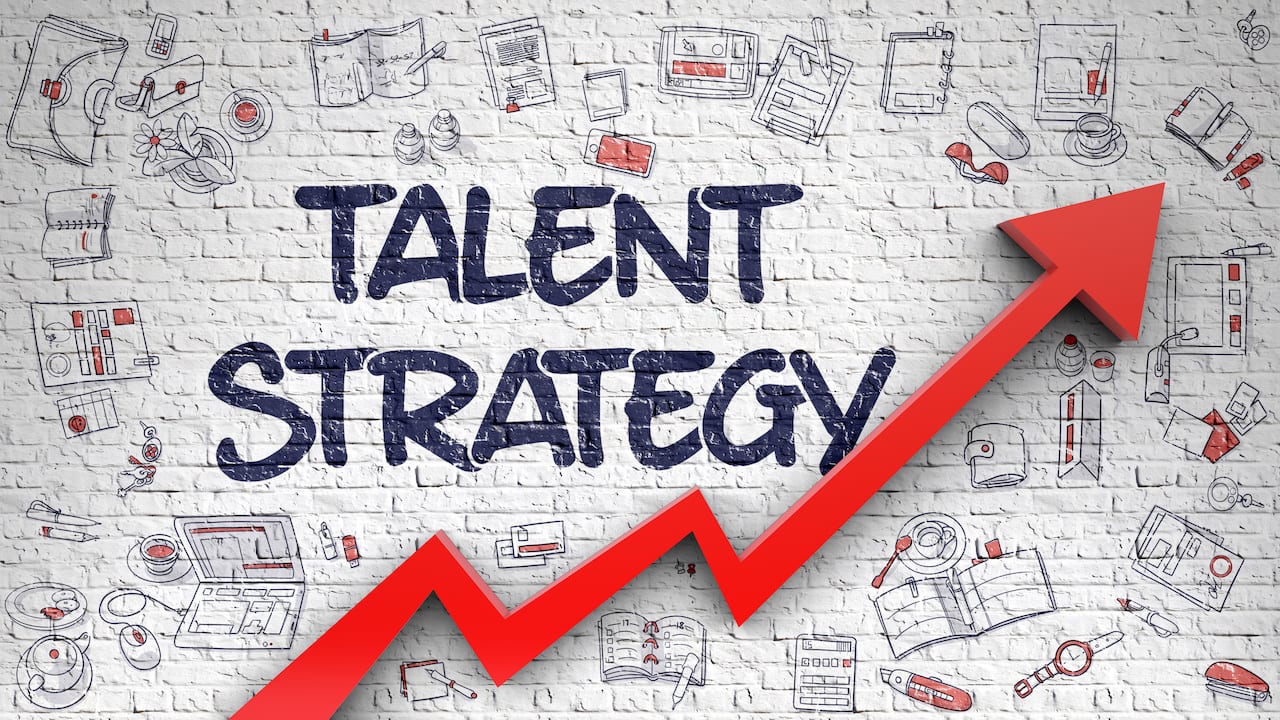Introduction
An
essential component of every successful organization is talent management,
which includes hiring the right people, helping them grow professionally,
keeping them around, and making the most of their abilities. But a clear and
strategic plan is necessary for talent management to work
The Strategic
Imperative of Talent Management Planning
Alignment with Organizational Goals
A
strategic talent management strategy matches talent efforts with business
goals. Understanding the skills, competences, and capabilities needed to
accomplish strategic goals helps organizations adjust personnel management
activities. This aligns personnel investments with organizational success,
boosting performance and innovation.
Attracting
and Retaining Top Talent
Strategic
talent management improves the company's capacity to attract and retain
outstanding people. Employer branding, competitive pay, professional
development, and a pleasant work culture are included. These programmes attract
top talent and boost employee engagement, satisfaction, and loyalty.
Anticipating
Future Needs
Talent
management strategies anticipate future demands and obstacles. They include
workforce trends forecasts, skill gaps identification, and proactive gap
filling. Staying ahead of talent demands reduces disruptions, improves worker
adaptability, and keeps companies competitive
Developing
Leadership Pipeline
A
strong leadership pipeline is a strategic talent management goal. Leadership
development, succession planning, and high-potential staff identification are
their strategies. Leadership continuity, internal talent mobility, and less
reliance on external hiring for important jobs are ensured by this proactive
strategy.
Optimizing
Talent Utilization
Effective
talent management strategies link employees' talents and competencies with
roles and responsibilities to maximize talent utilization. This encompasses
talent assessments, performance reviews, and strategic workforce planning to
deploy personnel where it will have the greatest effect. Organizations boost
productivity, creativity, and performance by maximizing employee potential.
- Data-Driven Insights
- Continuous Learning and Development
- Diversity and Inclusion
- Agility and Adaptability
·
Conclusion
References
Anwar, A., Nisar, Q. A., Khan, N. Z. & Sana,, A.,
2014. Talent management: Strategic priority of organizations.. International
Journal of Innovation and Applied Studies, 9(3), pp. 1148-1154..
Coculova, J., Svetozarovova, N. & Bertova, D., 2020.
ANALYSIS OF FACTORS DETERMINING THE IMPLEMENTATION OF TALENT MANAGEMENT. Marketing
& Management of Innovations, p. 3.
DeVaro, J., 2020. Strategic compensation and talent
management: Lessons for managers.. s.l.:Cambridge University Press..
Hongal, P. & Kinange, U., 2020. A study on talent
management and its impact on organization performance-an empirical review.. nternational
Journal of Engineering and Management Research, 10..
Sindhura, , K., 2022. Talent Management Strategies in Human
Resource Management: Critical for Business-A Systematic Review.. Journal of
Positive School Psychology, 6(3), pp. 3396-3409..

Important aspect is explained well
ReplyDeleteThank you for your valuable comments.
Delete